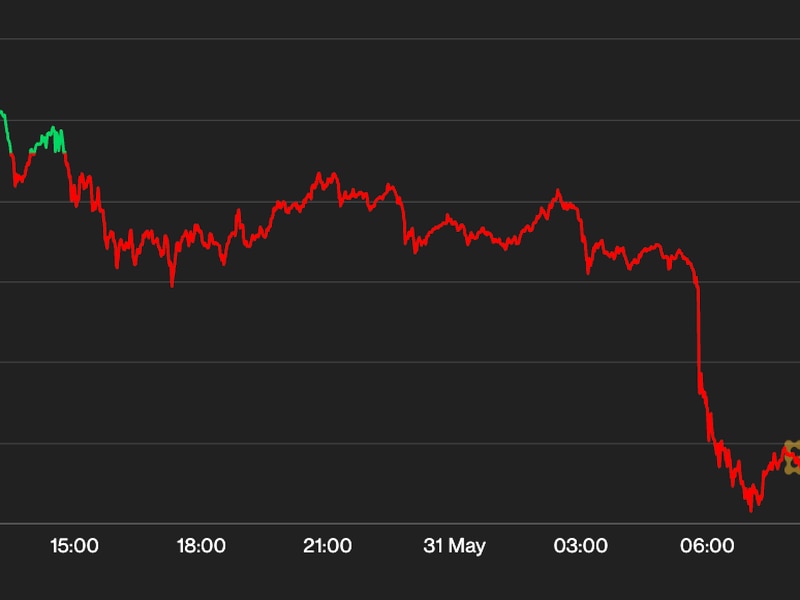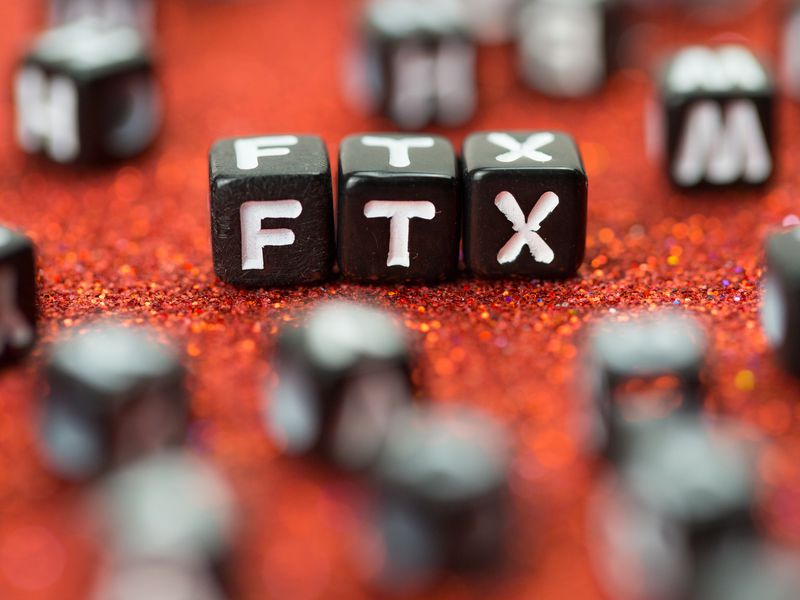The Bitcoin Circular Economy Battles Entrenched Mindsets in El Salvador
The core ethos of Bitcoin is to create a fairer and more accessible monetary system for the billions of people worldwide who do not have access to traditional banking services.
Here in El Salvador, most unbanked people are hand-to-mouth and utilize only cash; they spend what they earn on food or shelter soon after they receive it. The long-term savings benefits of bitcoin. (BTC) do not move the needle for them, and the additional complexity in using the Bitcoin network and self-custody create a tremendous educational barrier to mass adoption.
Jonathan Martin is a graduate of Stanford University, Georgetown University and a student at the Wharton School currently on leave immersing himself in the world of Bitcoin in El Salvador.
Several Salvadoran nationals are working to solve this problem. Guillermo Contreras, CEO of DitoBanx, is creating bitcoin-based savings and loan products for the 70% of Salvadorans he says are unbanked. I met with Contreras at an upscale restaurant in San Benito, the San Salvador-equivalent of Beverly Hills.
He described how with the launch of Chivo, the government’s cryptocurrency wallet, every citizen was given $30 dollars in bitcoin. Transactions volumes initially surged, but soon petered out as most people simply converted their bitcoin into fiat. He said that most of the unbanked population do not use ATMs nor do they have access to loan products. The average education level is between sixth and ninth grade, and the average daily income is $15.
Contreras devised a way to slowly educate non-bitcoiners on how to save using the new digital currency by first giving them access to Mastercard debit cards. Users can receive Lightning or on-chain bitcoin transactions and seamlessly convert them to USDC – a stablecoin pegged to the U.S. dollar issued by the U.S.-based company Circle – to assuage concerns about bitcoin’s price volatility. They can also receive USDC directly using Ethereum.
As Contreras put it, if you only have $15 in your account and need it to eat dinner, a 10% price swing is a major issue. DitoBanx provides an easy-to-use solution.
Similarly, through their deal with Mastercard, users can deposit money into ATMs and receive USDC in their wallets, with a 1% fee. His next goal is to roll out a micro-loan program for users to increase access to credit and to spur economic development. The goal is to slowly educate people on the benefits of saving in satoshis, the smallest economic unit of bitcoin, where they are receiving the immediate benefits of access to loans and ATMs, and the ability to pay bills in the DitoBanx app, all while getting direct exposure to bitcoin.
Their smartphones can now serve as their bank accounts, and bitcoin usage will grow over time, he hopes. Contreras estimates it will be three years until Lightning is used regularly.
By also encouraging unbanked merchants to use DitoBanx, where they receive the same loans and savings benefits as individual users, Contreras’ goal is to create a “circular bitcoin ecosystem.” At present, the company has partnerships with over 400 businesses in El Salvador.
Barriers to Big Bank Adoption
The global banking system is not currently Bitcoin-friendly. For Bitcoin to succeed in El Salvador, Salvadoran banks need to be able to integrate the network into their existing services that they provide to their clients. At present, they do not sell bitcoin OTC because of their integrations with corresponding banks in the United States like JPMorgan and the broader SWIFT system.
I spoke about this with Carlos Alfaro at Koibanx, a company that builds non-Bitcoin blockchain integrations for the banking system. He said that there is interest in Bitcoin among bankers, but they fear the repercussions with their international partners if they unilaterally adopt the digital currency. Remittances make up 25% of the domestic economy, and most of that money moves via traditional rails from Western Union in the U.S. to domestic bank accounts in El Salvador. No local banks are currently willing to put 25% of their business at risk, especially since Salvadoran banks are small and do not have a lot of leverage on Wall Street.
In many ways, when Wall Street sneezes, the rest of the global banking system catches a cold. Powerful forces outside of El Salvador play a role in inhibiting the adoption of Bitcoin domestically.
I traveled south to El Zonte Beach — known as Bitcoin Beach — to see first-hand the epicenter of Salvadoran Bitcoin adoption. In 2019, an anonymous benefactor offered to donate his bitcoin fortune to the sleepy beach community, stipulating the money must be used for commerce and not cashed out into dollars.
From this arrangement, the Bitcoin Beach Initiative was born. A San Diego, California native named Michael Peterson got involved and focused his attention on creating a circular Bitcoin economy which includes remittances, tourism, public services and small businesses.
Perhaps the most promising of these efforts is Hope House, a community center that helps educate local youths on Bitcoin and provides opportunities that did not previously exist. Most of the El Zonte population of about 3,000 people is unbanked and lives just above the poverty line.
When I arrived in El Zonte, the weather was much hotter than in San Salvador, which is located about an hour inland. I approached a tin roof structure that appeared to be both a restaurant and a family home to buy water, dodging several chickens and friendly dogs along the way. The owner of the establishment said he accepted bitcoin. He pulled out his smartphone, opened his Lightning-enabled Blink wallet and I sent him the equivalent of $2 in satoshis nearly instantaneously. Similarly, the restaurant I got lunch at utilized a Blink wallet for payment.
At present, El Zonte is not as developed as El Tunco, the popular nearby surf destination. There are several new-looking tourist resorts, but there are no paved roads and street vendors are more common than brick-and-mortar shops. I tried to use bitcoin two more times, and both times the vendors said “solamente efectivo” — cash only. Even in the heart of Bitcoin Beach, not everyone wants bitcoin.
For Bitcoin to thrive, it must be viewed as the new unit of account — the means by which value itself is measured — instead of constantly compared to its current bitcoin-fiat market value. The catalyst for this shift will likely be out of necessity, the inevitable hyperinflation of the U.S. dollar, as opposed to by political decree.
Only time will tell if the monetary technology succeeds outside of small pockets of dedicated bitcoiners.









